NASA has scrapped the VIPER mission aimed at exploring the moon’s uncharted south pole.
This ambitious $600 million project was designed to probe the lunar surface for untapped natural resources, potentially accelerating the U.S.’s position in the space race. Yet, its cancellation may now hand a tactical advantage to China in this high-stakes competition.
Financial Hurdles Halt Progress
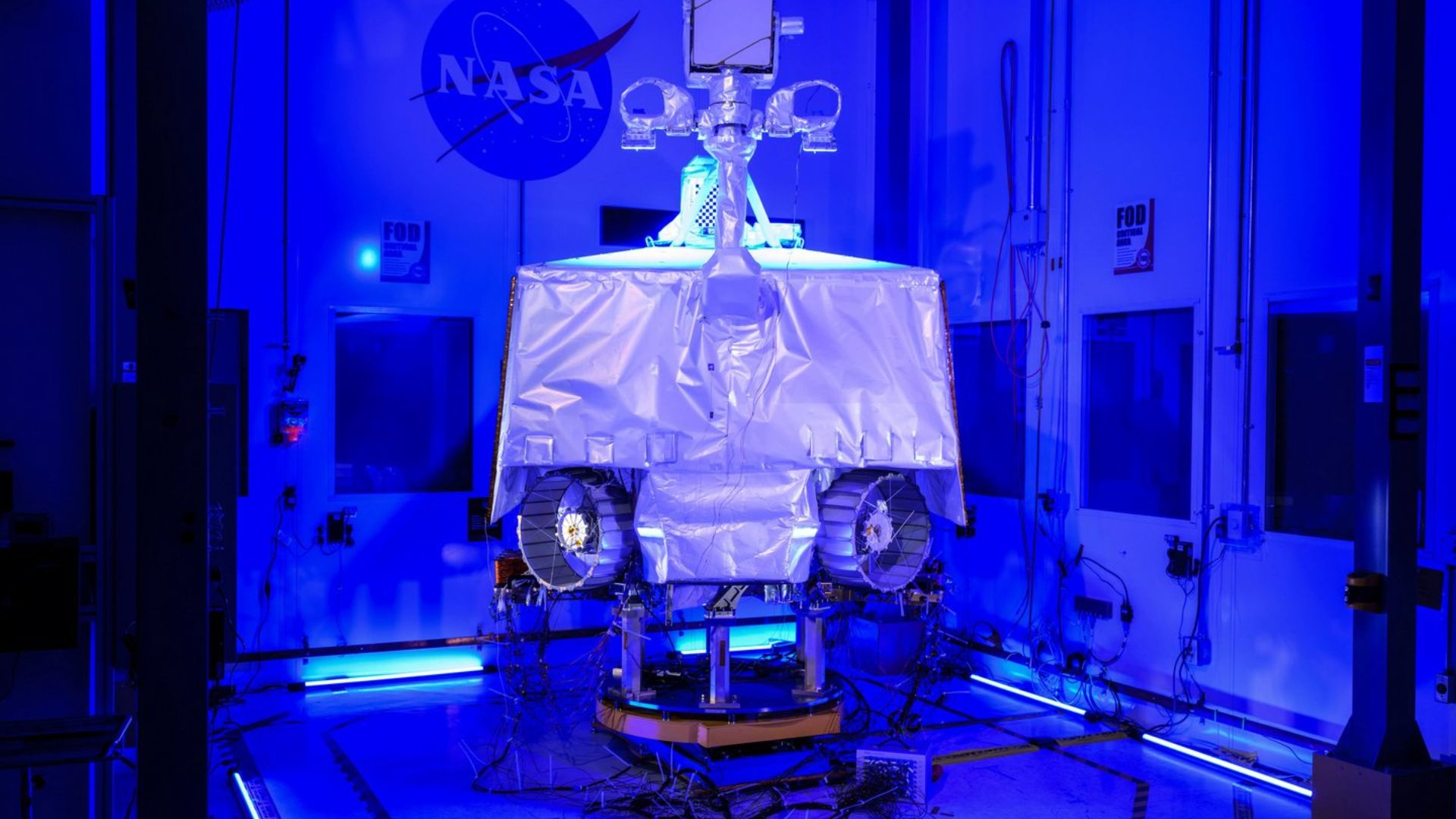
The VIPER mission was derailed by escalating costs and manufacturing complications, making it financially untenable.
Nicky Fox, NASA’s associate administrator of the science mission directorate, conveyed the difficulty of such a decision: “Decisions like this are never easy. But in this case, the projected remaining expenses for VIPER would have resulted in having to either cancel or disrupt many other missions.”
VIPER’s Lofty Goals
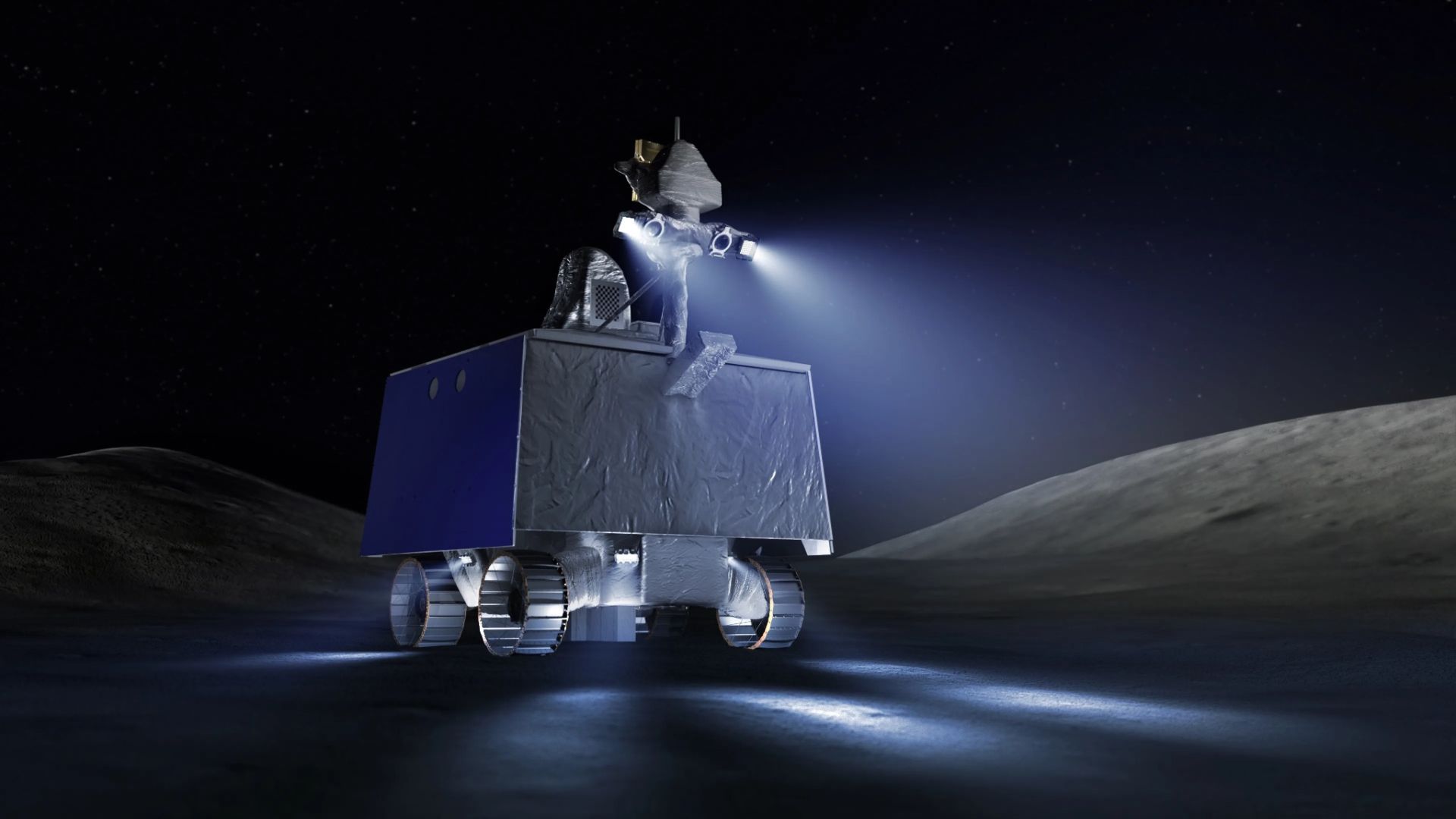
Slated for a December 2023 launch, the Volatiles Investigating Polar Exploration Rover—VIPER for short—was designed to be as compact as a golf cart but with grand ambitions.
It aimed to spend 100 days on the moon, hunting for water ice crucial for future lunar settlers and explorers.
Water Ice and Lunar Settlements

A pivotal 2019 study by UCLA researchers indicated the potential presence of significant water ice deposits beneath the moon’s surface, enough perhaps to support human outposts.
This revelation demonstrated the strategic importance of the VIPER mission in establishing a permanent human presence on the moon.
Setbacks and Skyrocketing Costs
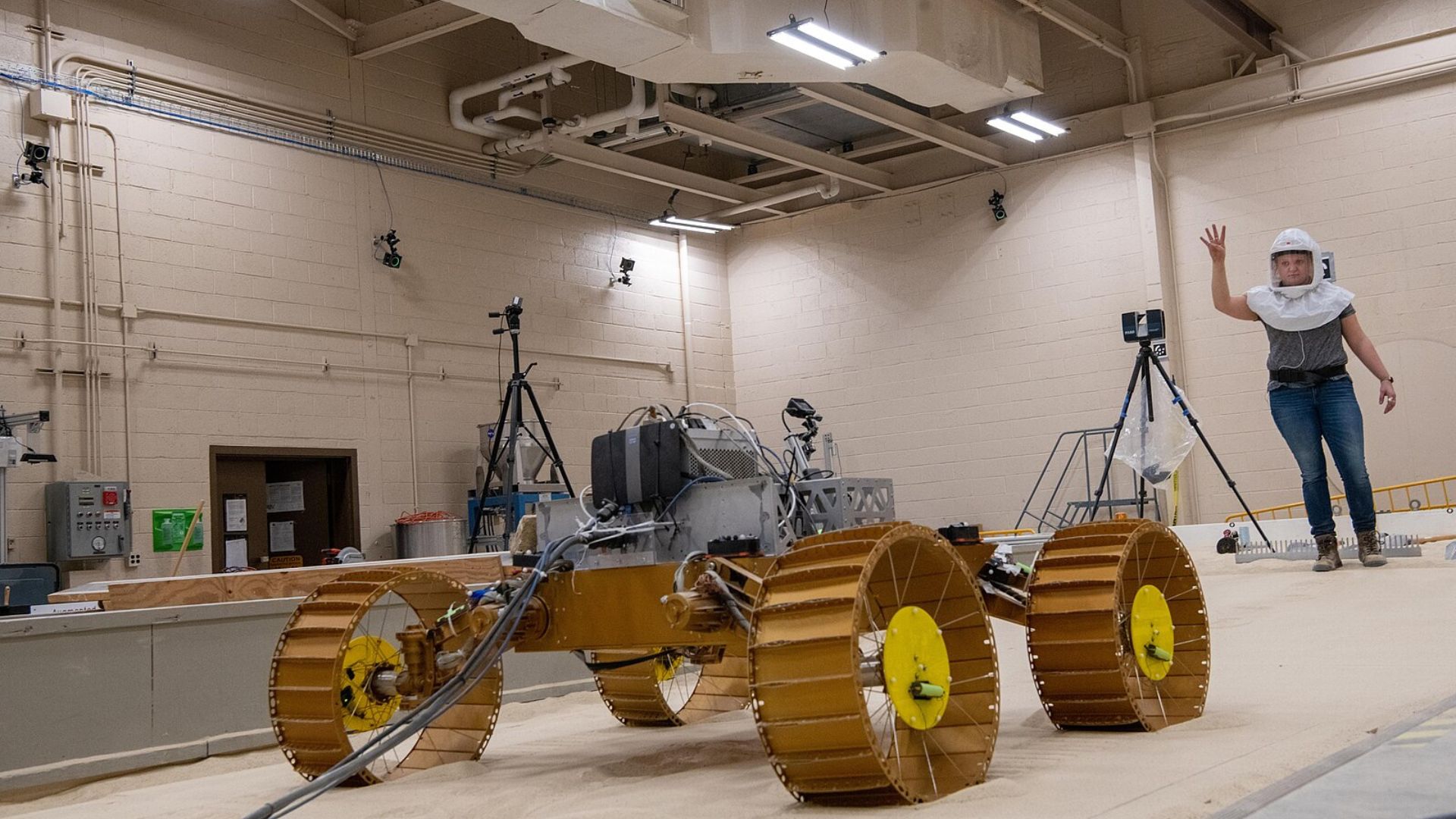
What initially seemed like minor delays for the VIPER mission culminated in a critical postponement to September 2025.
Each delay compounded the financial strain, inflating the project’s cost by an additional nearly $200 million, ultimately contributing to its cancellation.
Technical Trials Unmet

Despite VIPER being fully assembled, crucial tests to validate its readiness for the extreme space environment remained incomplete.
Joel Kearns, NASA’s deputy associate administrator for exploration, highlighted the incomplete status: “The rover was completely assembled but had not yet undergone certain tests that would certify it could withstand launch.”
A Shift in Strategy for Astrobotic
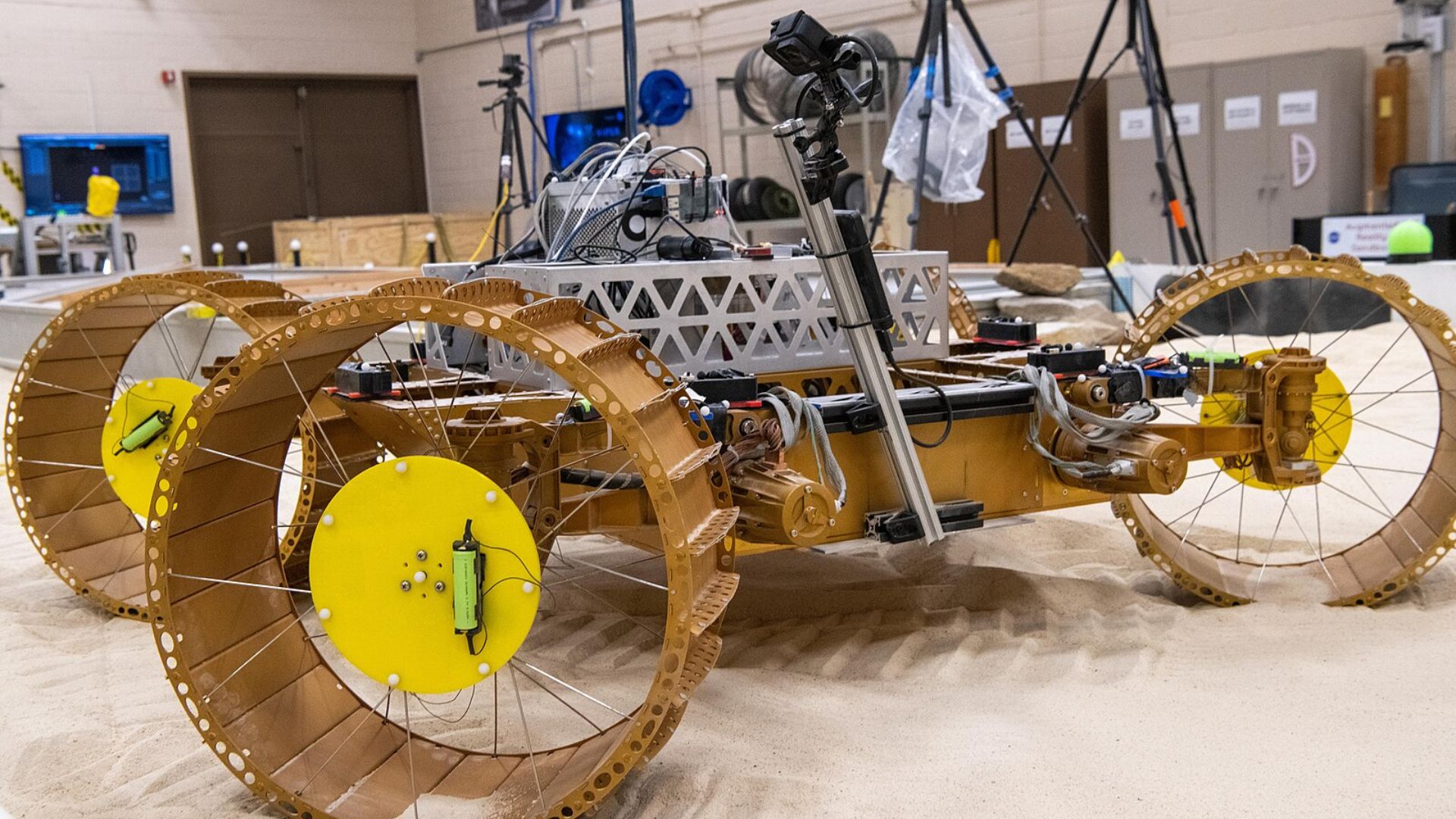
In the wake of VIPER’s cancellation, Astrobotic Technology has pivoted, planning to launch its Peregrine lander with a mass simulator in place of the rover.
This strategic shift aims to maintain the 2025 launch timeline but with altered mission goals.
Public Response to Cancellation
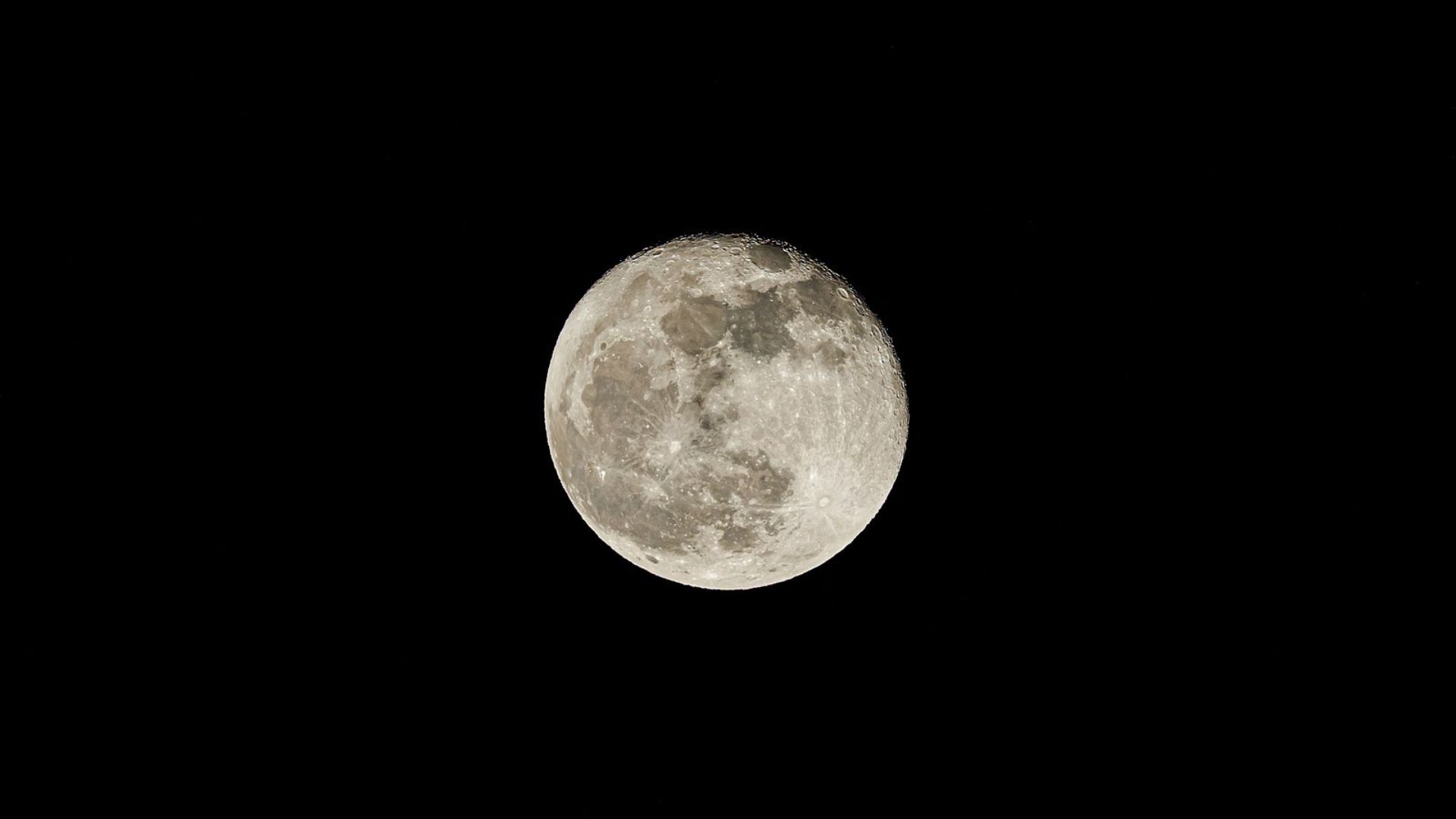
The decision to cancel the VIPER mission has stirred robust discussion among the public and space enthusiasts.
Many are concerned about the implications for NASA’s competitive edge against China, especially following China’s recent successful lunar operations.
China Advances in the Lunar Race

China marked a significant achievement in the space race, successfully returning its Chang’e-6 lunar module with lunar regolith on June 25.
This milestone not only showcases China’s growing capabilities but also increases the stakes in lunar exploration.
U.S. Response to China’s Success
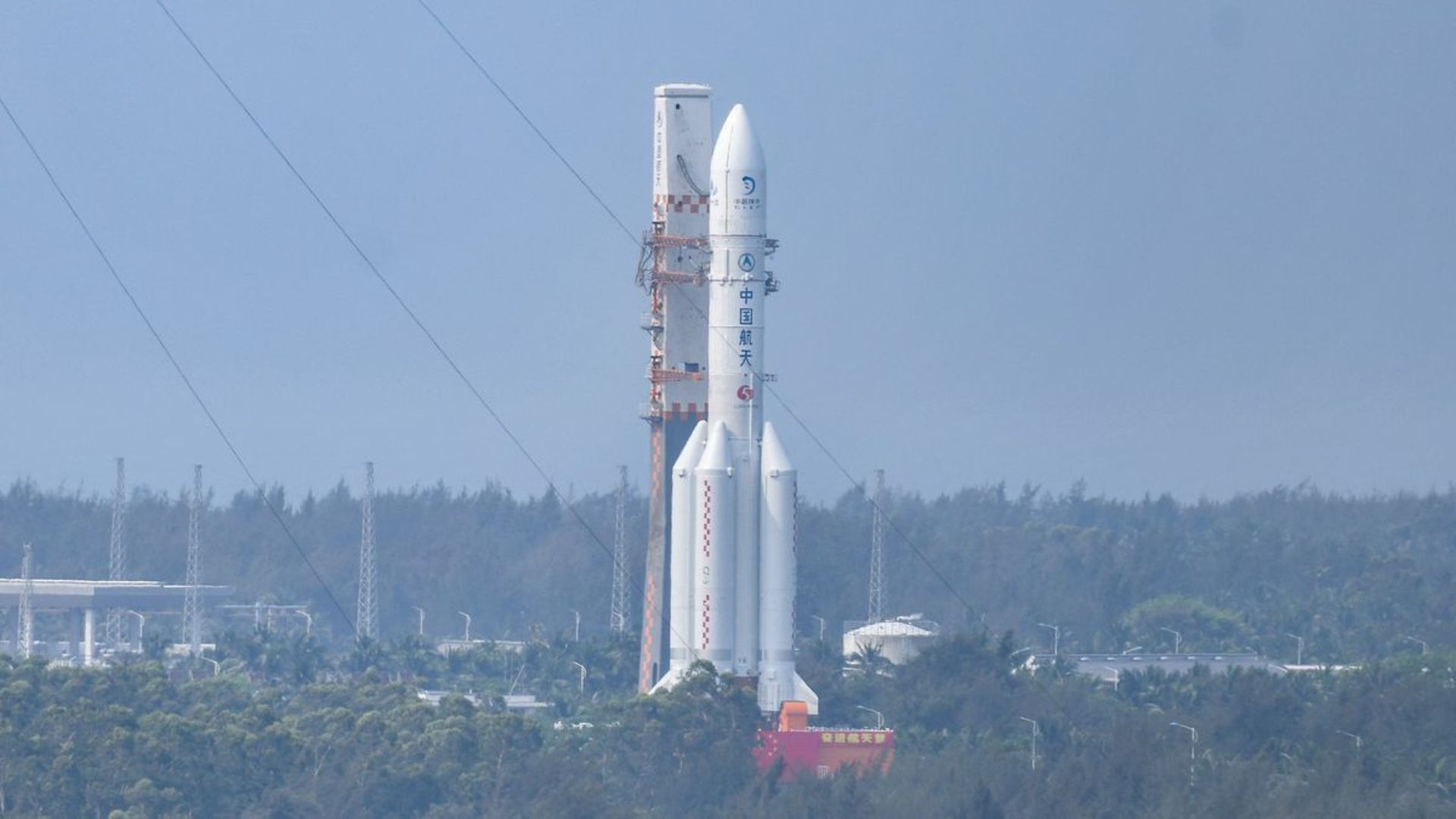
Joel Kearns acknowledged China’s recent success in lunar exploration, stating, “We congratulate China’s national space agency for the seemingly very successful Chang’e-6 mission.”
He stressed the ongoing importance of robust U.S. efforts in science and lunar landing capabilities.
Reinforcing America’s Lunar Mission

Kearns emphasized the necessity of enhancing NASA’s lunar exploration through strategic industry partnerships under the CLPS program.
This initiative seeks to harness external expertise and innovation to bolster NASA’s science and landing capabilities on the moon.
NASA’s Continued Commitment to Lunar Exploration
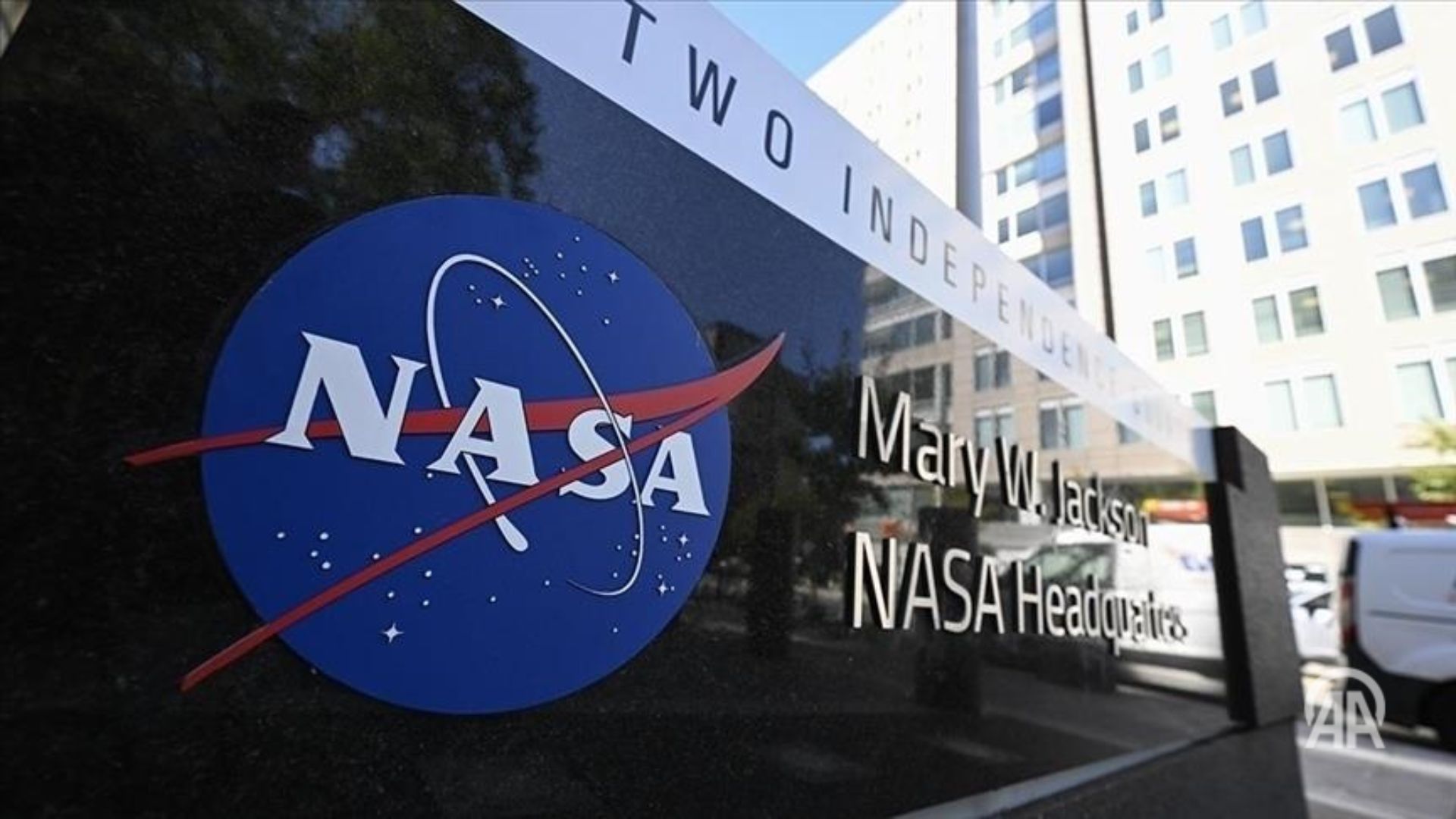
Despite the setback with VIPER, NASA’s commitment to exploring the moon remains unwavering.
The agency is actively adapting its strategies and forming new partnerships to ensure the feasibility and success of future missions, aiming to sustain America’s vision for lunar exploration and beyond.
